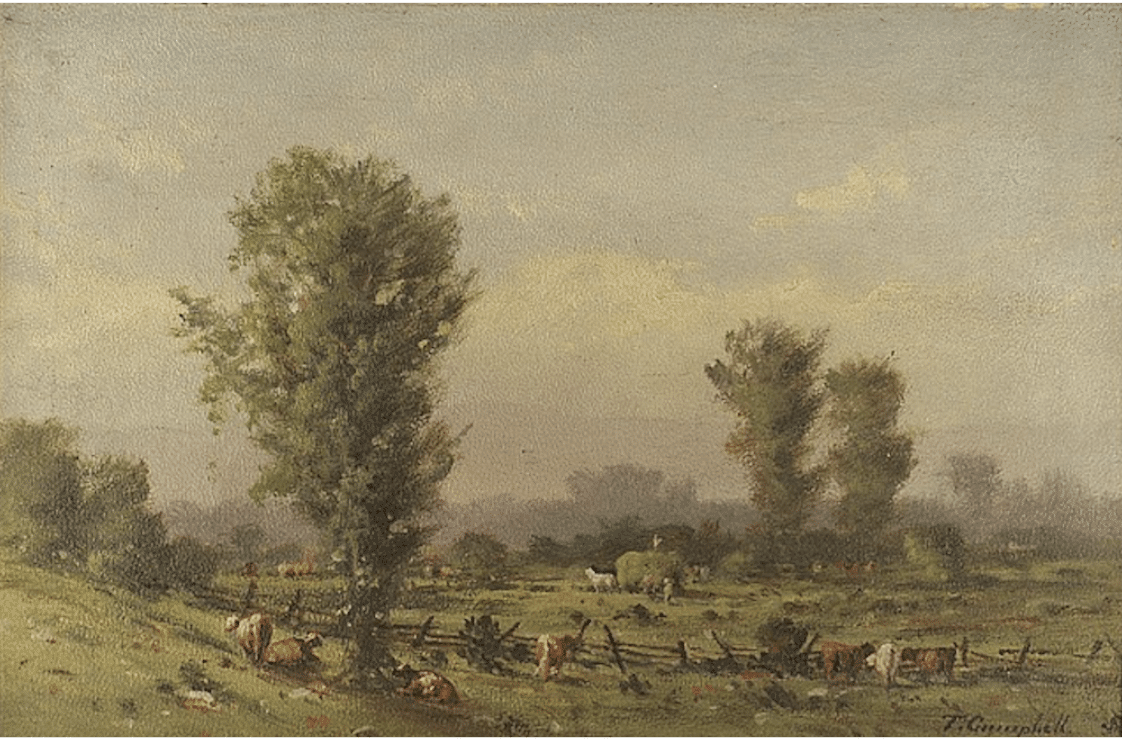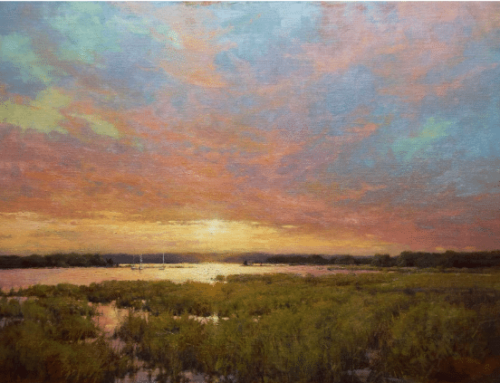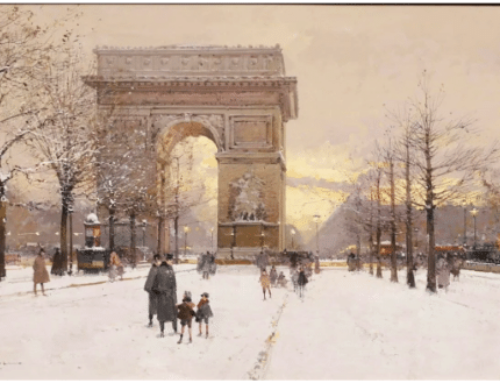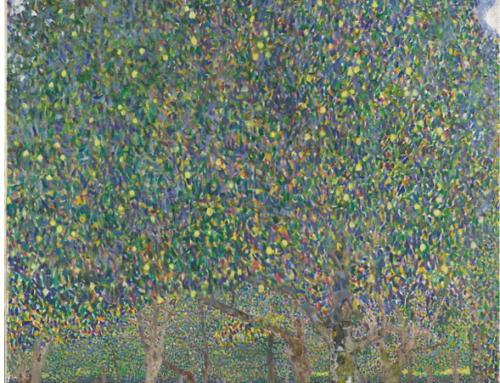At the southern end of the Appalachian Mountains, nestled between Tennessee and North Carolina, lie the Great Smoky Mountains. A natural mist lingers over them, giving them their iconic appearance and their name.
Great Smoky Mountains National Park is the most visited national park in America. In ridge upon ridge, for nearly a thousand square miles, a forest teeming with wild beauty recedes into the haze.
“Constant rising mists come up off the small and large valleys and crevices,” says nearby Blue Ridge Mountains reader Pam. “Except in an el Nino year as we’re having now, we get frequent rainstorms that pass through for a few minutes and leave. (It makes perfect summertime weather; as soon as it gets hot, a thunderstorm comes through and cools everything back down.) After the storm, the moisture immediately starts rising up again from the mountain valleys and it looks like smoke without the yellow/brown color.”
Such beauty didn’t go unnoticed for long. During the early 1890s, at the tail end of the Hudson River period in American art, five artists made the region their specialty: Charles Krutch, Thomas Campbell, Rudolph Ingerle, Will Henry Stevens, and Louis E. Jones each created images that capture the enduring power of the Smokies.
In a previous issue on this topic, we looked at Krutch, Ingerle, and Jones. Today we’ll meet the remaining two.
Thomas Campbell
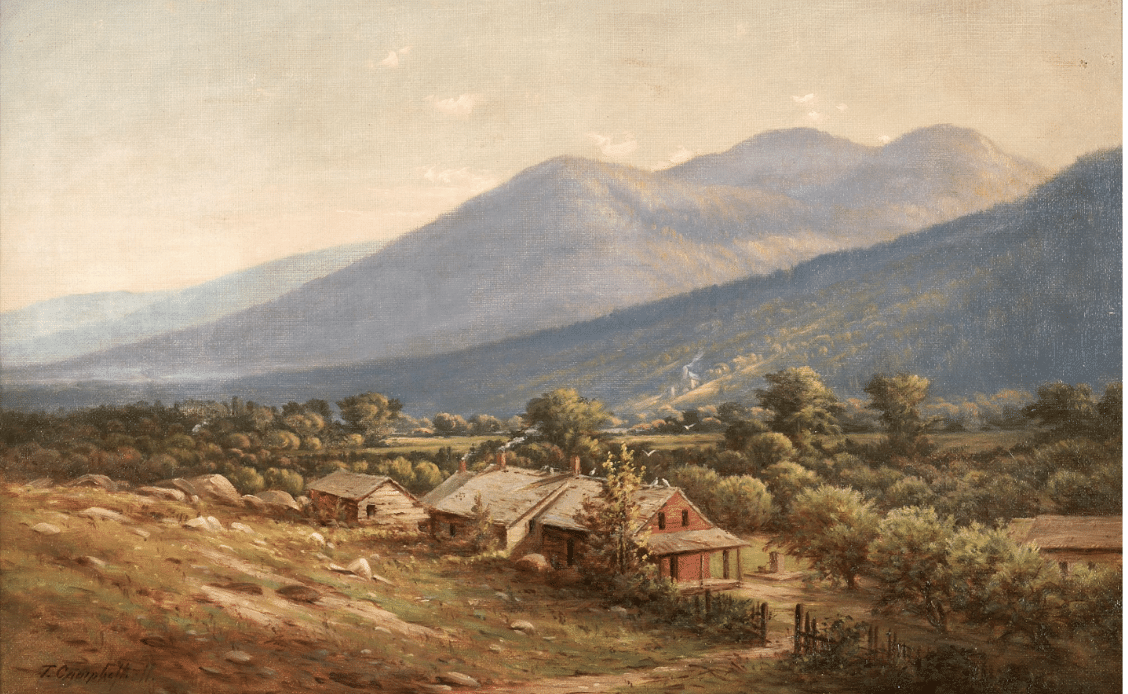
Thomas Campbell, Farmstead in East Tennessee, oil, 20 1/2″ H x 35 1/2″
Painting was a second career for Thomas Campbell, who immigrated to the United States at age 19 and was ordained as a minister in 1866. He served first as a missionary to Native Americans and subsequently held pastorates at churches in New York and Illinois. From the time of his arrival in this country, he actively maintained a sketchbook, recording his impressions of the American landscape.
He and his family moved to East Tennessee in hopes a climate change would improve the health of his wife, Susan, but she died in 1892. At that point, Campbell, retired from the ministry and turned to art, which had been his hobby, turning it into his job. Following a two-year sojourn in Europe, he founded the art department at Maryville College, which he headed until his death.
Will Henry Stevens
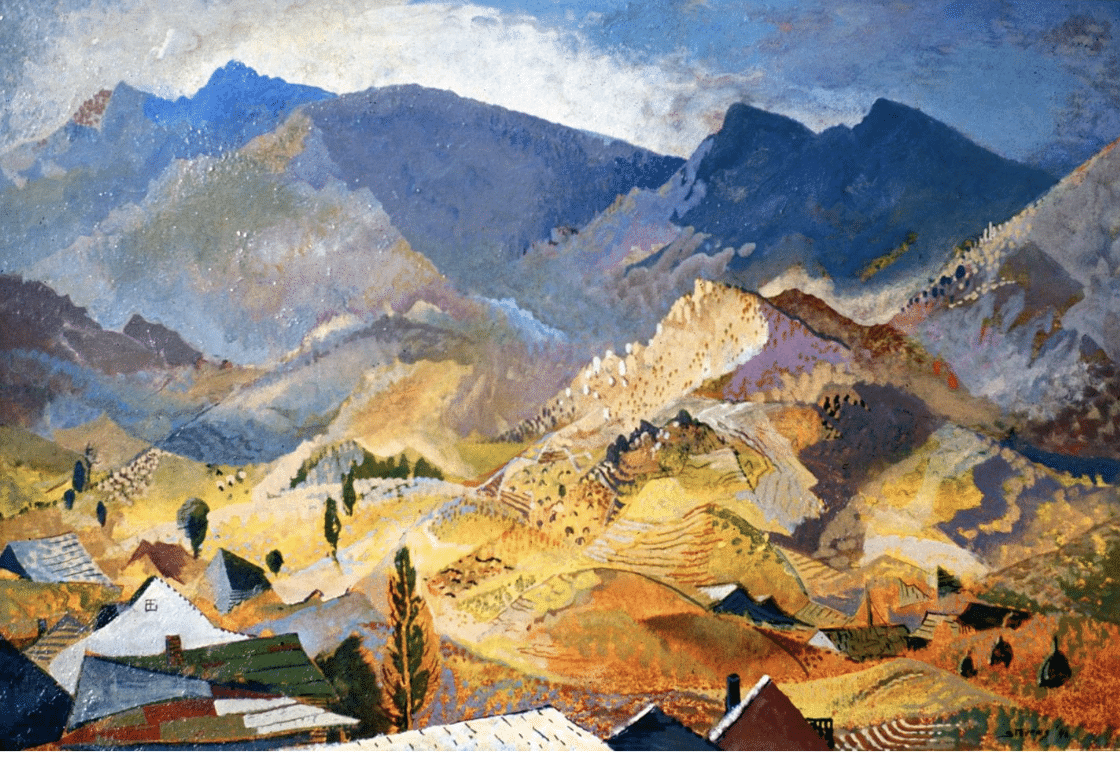
Will Henry Stevens, Untitled, 1946, oil on canvasboard, 16×2 in.
Will Henry Stevens is considered one of the most important Southern modernist painters. Shaped by his upbringing on the Ohio River, he had a lifelong devotion to nature, and it was a recurring motif in his work, both abstract and representational.
In 1906 Stevens studied at The Art Students League of New York under the painter William Merritt Chase. During his time in New York City, he was exposed to the major modernist currents from Europe.
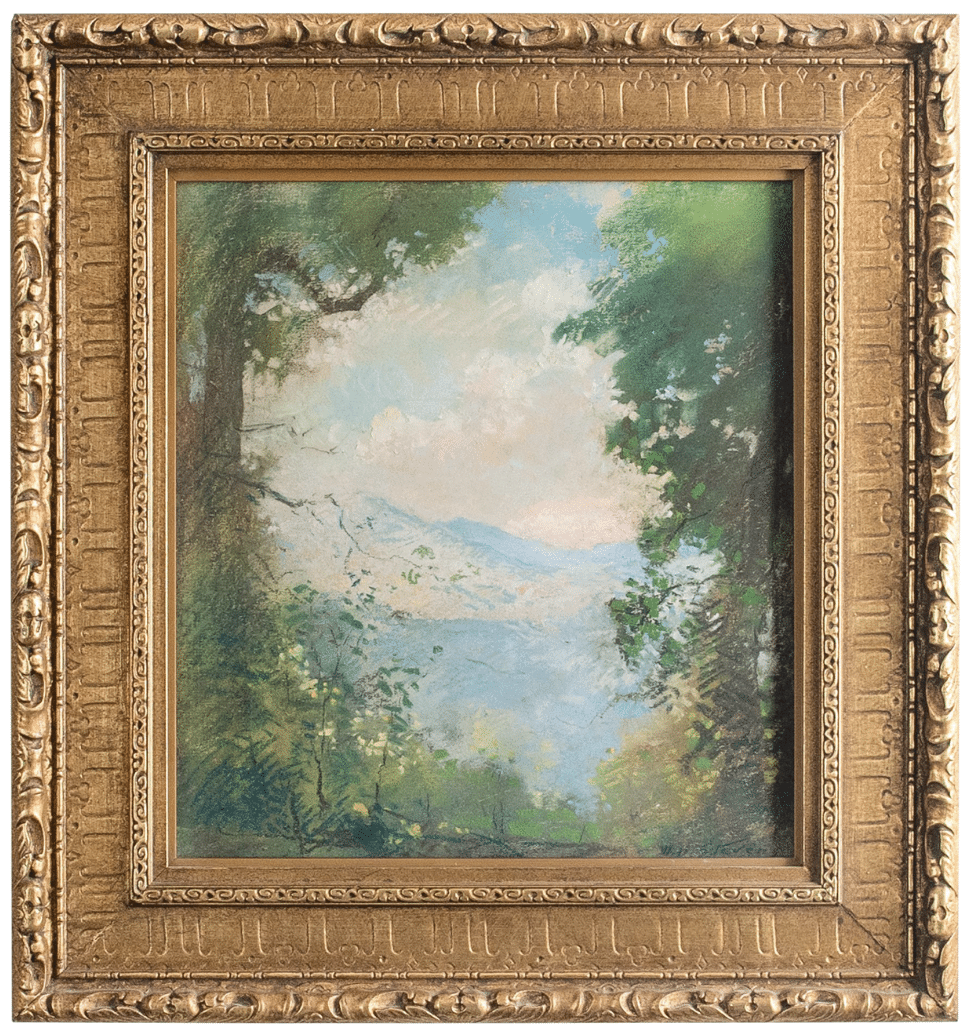
One of Will Henry Stevens’ impressionistic works in its period frame.
His work falls into three overlapping phases: impressionism, landscape drawings and paintings often containing overt references to the abstract, and later pure abstract work that is sometimes larger in scale. — Andrew Glasgow, retired Executive Director of the American Craft Council and a curator and author on the Craft Revival, contemporary Studio Craft, and Outsider artists
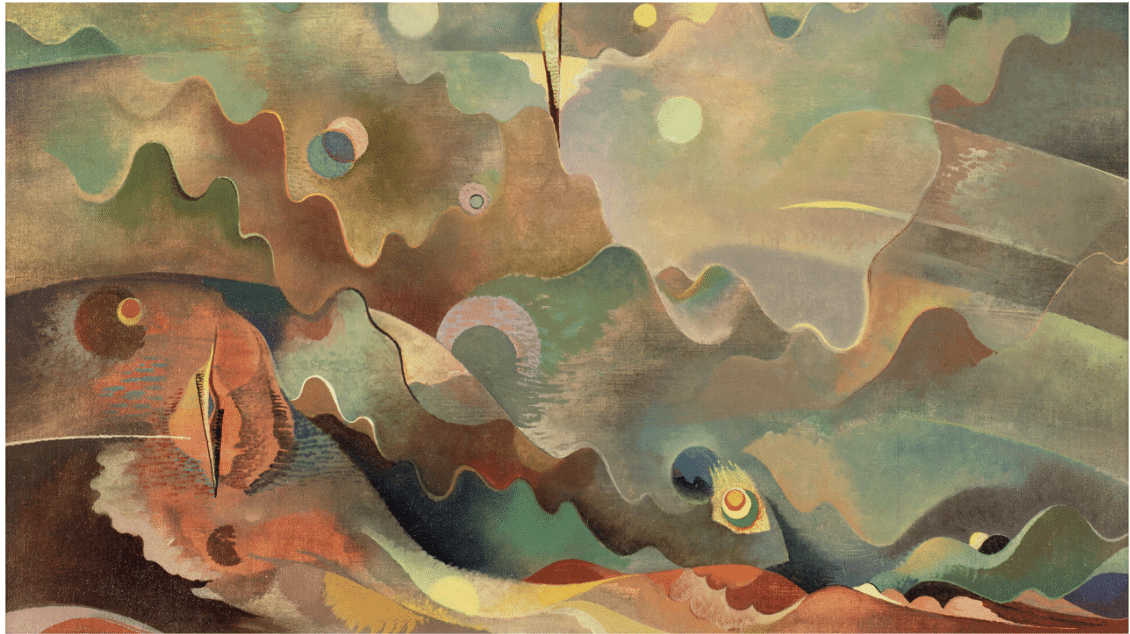
Will Henry Stevens, Abstraction, 1944, oil on board
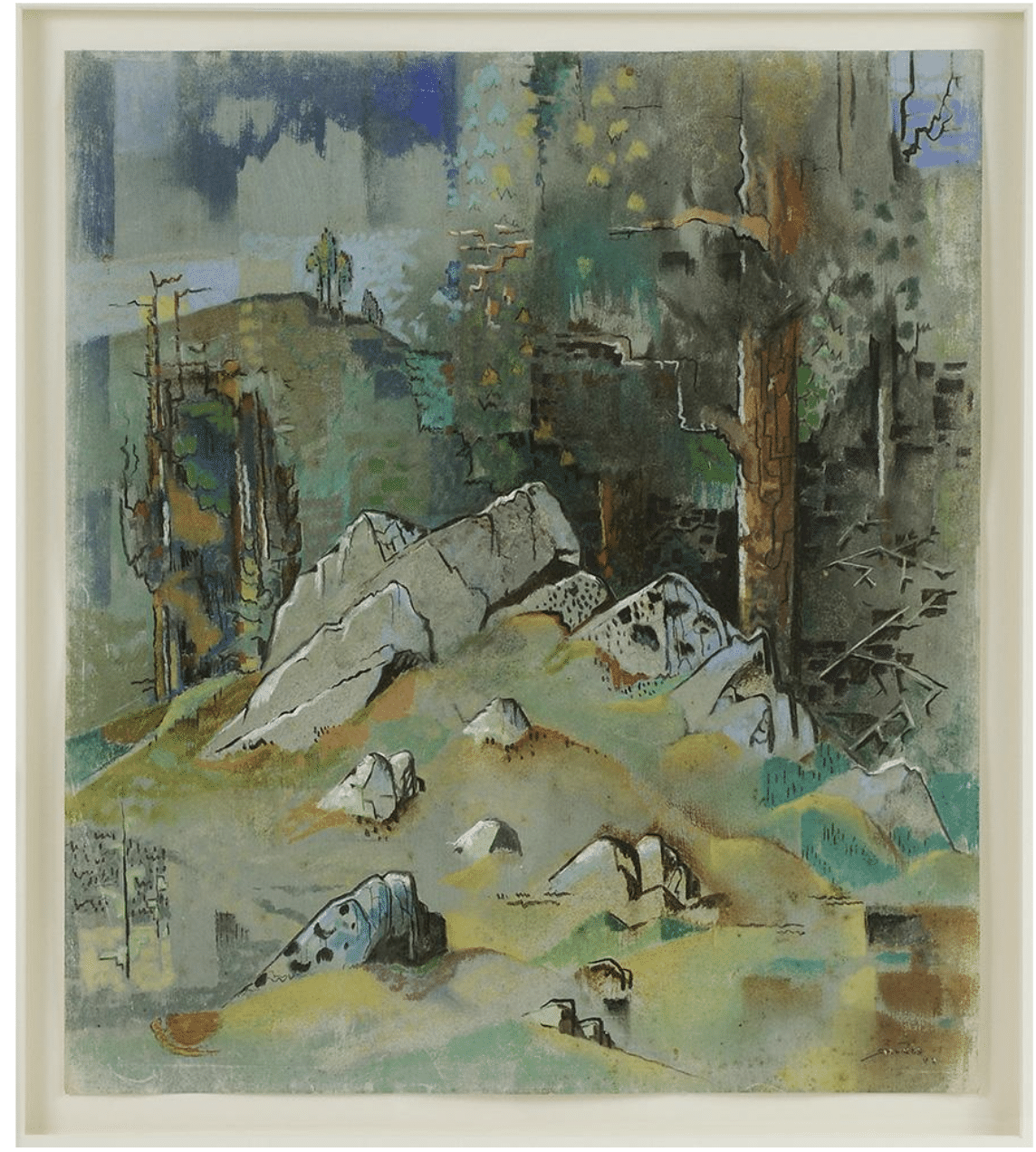
Will Henry Stevens, Abstract Mountain Landscape, 1942, pastel on paper, 17 x 14 7/8 in
Join the Plein Air Convention in the Smokies – May 20-24, 2024
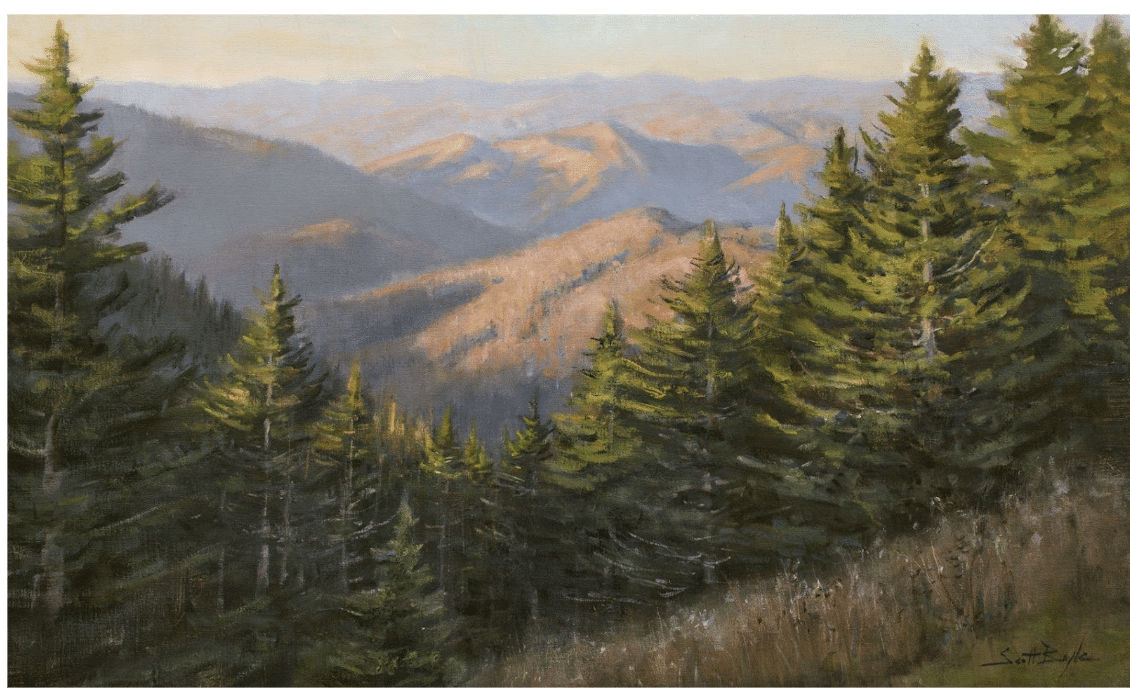
Scott Boyle often paints the mountains in and around North Carolina, where he makes his home. He is one of the dozens of outdoor painters who’ll be teaching and demoing at PACE 2024.
Every year, hundreds of outdoor painters gather for a five-day learning retreat at the Plein Air Convention & Expo (PACE) with workshops taught by the world’s top plein air artists. It’s the largest gathering of plein air painters on the planet and there is no other event like it. The convention is different every year. This year it’s taking place in the Great Smoky Mountains May 20-24, 2024 and over 65 master plein air painters have signed on to share their knowledge, their skills, and their advice about what’s working in the market right now. Sign up and learn more here.
Scott Boyle is among the dozens of outdoor painters who’ll be teaching and demoing at PACE 2024.
Born a dreamer, Scott has always been fascinated by the view outside and the world of possibilities. At an early age Scott was noticed to have unusual drawing abilities. Growing up in Indiana, his parents furnished him with art lessons, receiving weekly instruction for 10 years with well-known Brown County artists.
After moving to the beautiful state of North Carolina, Scott began to paint again in his late thirties. Armed with the ability to travel he began taking workshops and visiting art museums around the country. One of the greatest stimulants to his art however, has been the discovery of painting outdoors, known today as plein air painting. Since 2005, Scott has been organizing paint out events with friends; later the group became known as the North Carolina Plein Air Painters (NCPAP). He is also an active member of the Plein Air Painters of the Southeast (PAP-SE) and the Blue Ridge Realists.
Today Scott’s focus is to share the incredible beauty he discovers while exploring the Southern Appalachians with small plein air pieces and larger studio works.
You might want to check out the Tennessee Museum’s online exhibition, Painting the Smokies: Art and the Making of a Nation.

